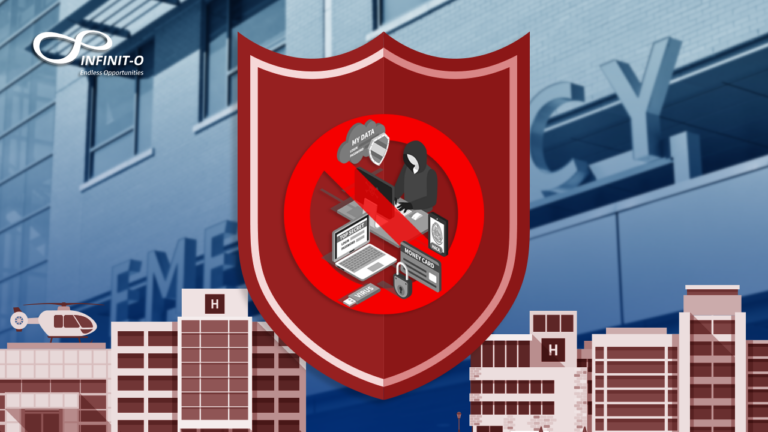Outsourcing vs. In-House: Finding the Balance for Patient Support Services
In today’s healthcare landscape, delivering excellent patient support services is not just a priority but a necessity. The decision of whether to handle these services in-house or outsource them can significantly impact an organization’s ability to provide exceptional care while managing costs effectively. In this blog post, we will explore the pros and cons of in-house versus business outsourcing solutions of patient support services, helping you find the right balance.
Understanding the Dynamics: In-House vs. Outsourcing Patient Support
What is In-House vs. Outsourcing Patient Support Services?
In-house patient support refers to the practice of managing patient assistance programs, helplines, and related services directly within your healthcare organization. On the other hand, outsourcing patient support involves partnering with a third-party service provider to handle these functions.
Pros and Cons of In-House Patient Support Services
Pros:
- Control: In-house teams provide you with direct control over the support process, allowing for immediate adjustments and personalized care.
- Tailored to Your Needs: You can customize patient support services to align with your organization’s unique requirements and values.
- Confidentiality: Handling sensitive patient information internally may enhance data security and compliance.
Cons:
- Resource Intensive: Managing in-house patient support can be resource-intensive, requiring significant investments in personnel, technology, and infrastructure.
- Limited Scalability: Expanding or contracting services to meet changing demands can be challenging without significant overhead.
- Potential Expertise Gaps: In-house teams may lack specialized knowledge and experience in certain patient support areas.

Pros and Cons of Outsourcing Patient Support Services
Pros:
- Cost-Efficiency: Outsourcing often reduces operational costs, as providers bring economies of scale and specialized expertise.
- Scalability: Third-party providers can quickly adjust services to accommodate fluctuations in patient support needs.
- Access to Expertise: Outsourcing allows you to tap into a pool of experts with the knowledge and experience necessary for effective patient support.
Cons:
- Less Control: You may have limited direct control over the support process, potentially impacting the patient experience.
- Risk of Data Breaches: Sharing patient data with external providers increases the risk of data breaches and security concerns.
- Potential for Misalignment: Providers may not always align perfectly with your organization’s values and standards.
Finding the Right Balance
Balancing in-house and outsourcing patient support services is not a one-size-fits-all solution. Instead, it’s about finding the equilibrium that best serves your organization and patients.
- Assess Your Needs: Begin by assessing your patient support requirements. Determine which services are critical to keep in-house and which can be outsourced to enhance efficiency and cost-effectiveness.
- Set Clear Expectations: When outsourcing, establish clear expectations and service level agreements with your chosen provider. Communication is key to ensuring that the patient experience aligns with your standards.
- Leverage Technology: Invest in technology that bridges the gap between in-house and outsourced support, facilitating seamless information sharing and communication.
- Monitor and Adapt: Continuously monitor the performance of your patient support services, making adjustments as necessary to maintain quality and efficiency.
- Compliance and Data Security: Ensure that both in-house and outsourced providers adhere to strict data security and compliance standards to protect patient information.
In conclusion, the choice between in-house and outsourcing patient support services ultimately depends on your organization’s unique needs, resources, and objectives. There is no one-size-fits-all solution, and finding the right balance requires careful consideration. By weighing the pros and cons of each approach and implementing a strategy that aligns with your organization’s goals, you can provide exceptional patient support while optimizing costs and resources. Remember, the key is flexibility and adaptability in an ever-evolving healthcare landscape.
Infinit-O partners with the world’s fastest-growing technology, financial, and healthcare services companies that want to scale and advance their brands. As a business process outsourcing provider and demonstrated by our world-class Net Promoter Score of 71, we deliver the highest quality outsourcing services using our unique data-driven approach – combining powerful technology and high-performance teams within our highly-engaged and agile culture. Our expertise includes CX, engineering, data science & analytics, sales & marketing, and back office services. Contact us to learn more about bespoke solutions for your specific needs.







This site is protected by reCAPTCHA and the Google Privacy Policy and Terms of Service apply.